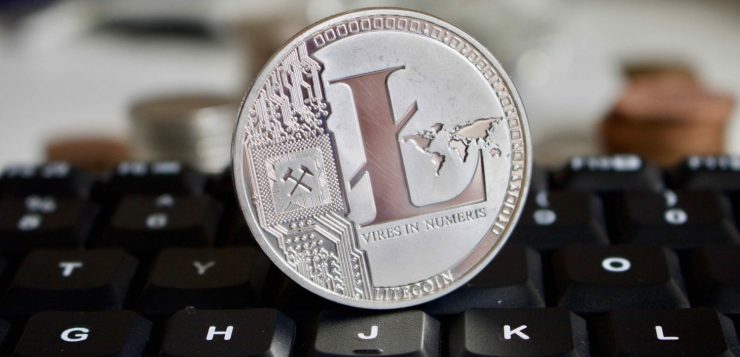Bitcoin was the first cryptocurrency, but as the first iteration of a revolutionary idea, it was born with notable drawbacks.
For instance, one feature of Bitcoin’s blockchain-based currency — security guaranteed by a decentralized method of tracking transactions — is also a flaw when it comes to the speed of transactions. Bitcoin can only process seven transactions per second at the upper limit, whereas Visa transacts tens of thousands in the same period.
That’s why alternative cryptocurrencies have been in development since the beginning of this decade. Their aim is to solve the challenges presented by Bitcoin.
One of the earliest competing visions was presented by engineer Charlie Lee, the thought-leader behind Litecoin.
With scalability and transactability in mind, Lee built a system that focused on delivering a viable cross-border payment platform that would surmount the substantial barriers currently in place.
How Litecoin Works
Like many other blockchain-based cryptocurrencies, Litecoin borrowed from many of the concepts first pioneered by Bitcoin.
The first and most obvious difference is the total amount of coins available for circulation. Instead of capping the total amount of issuance at 21 million like Bitcoin, the total number of Litecoin available for mining is 84 million.
However, unlike other attributes related to Litecoin, this one distinction is of lesser importance given that just like Bitcoin, fractional amounts of coins can be sent and received.
Where Litecoin really stands out is how long it takes to generate new blocks.
One of the main complaints facing Bitcoin is the sheer amount time it takes for a transaction to be confirmed, which currently stands at 10 minutes. By comparison, Litecoin takes just 2.5 minutes to record these transactions to prevent double-spending, improving the number of transactions it can handle relative to Bitcoin by a factor of four.
In his efforts to ensure Litecoin was a more viable currency platform without being accompanied by secondary solutions, Lee wanted to match the rates of other cross-border transaction processing groups like PayPal.
Apart from giving Litecoin greater transactability, it also improved upon the idea of scalability if the idea were to be adopted by a growing group of users.
How Litecoin Mining Works
The algorithm that Litecoin deploys for confirming transactions on the blockchain, known as Scrypt, is viewed as slightly less complex than the SHA-256 encryption algorithm used by Bitcoin.
Unlike Bitcoin, which largely depends on more specialty mining hardware to accomplish parallel processing power more efficiently, Scrypt’s more simplified design means that ordinary individuals can mine with PC components more common in retail or enthusiast-level machines.
While in the case of Bitcoin, it means that transaction confirmation rests in the hands of the most powerful miners that dominate the platform due to their advanced hardware, Litecoin in some ways can avoid this concentration of influence thanks to its design.
Ultimately, Litecoin is busily positioning itself to usurp market share from some of the more common cross-border transaction hubs like PayPal. One reason Litecoin can accomplish this feat is thanks to the smaller fees associated with each transaction.
Unlike the percentage amount associated with most e-payment methods, confirming a Litecoin transaction only costs 1/1000 of the amount being transferred.
Who Uses Litecoin?
Unlike Bitcoin, which has found itself championed more as an asset than a currency, Litecoin is rapidly rising as a popular tool for transactions, largely due to its notable advantages in terms of speed and scalability.
Read more at:
http://time.com/money/5108447/meet-litecoin-a-faster-bitcoin-that-gamers-love/







